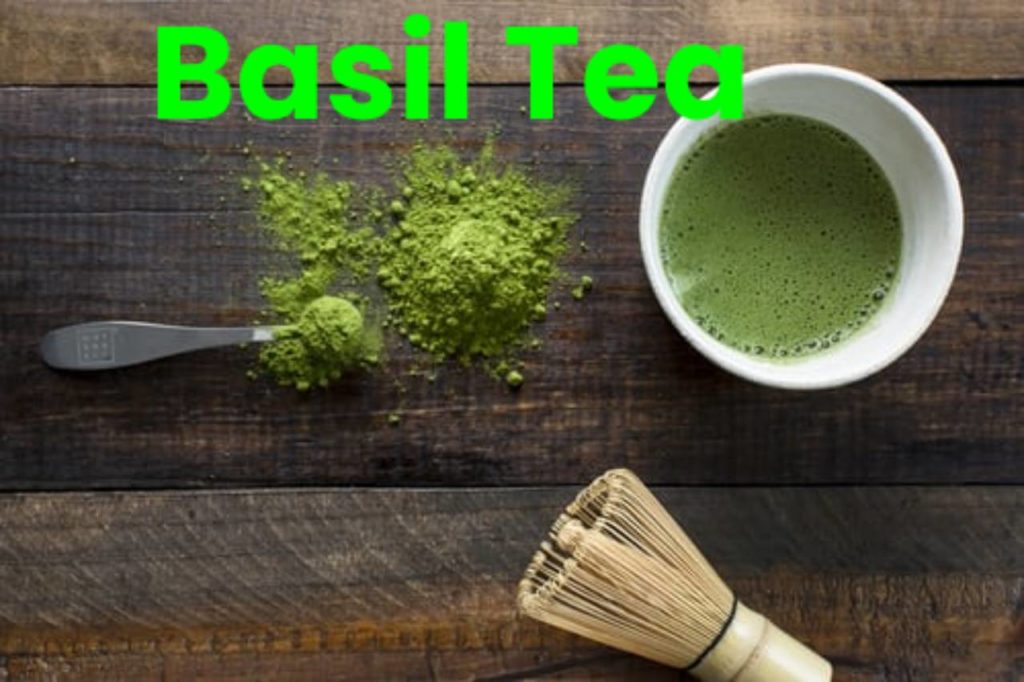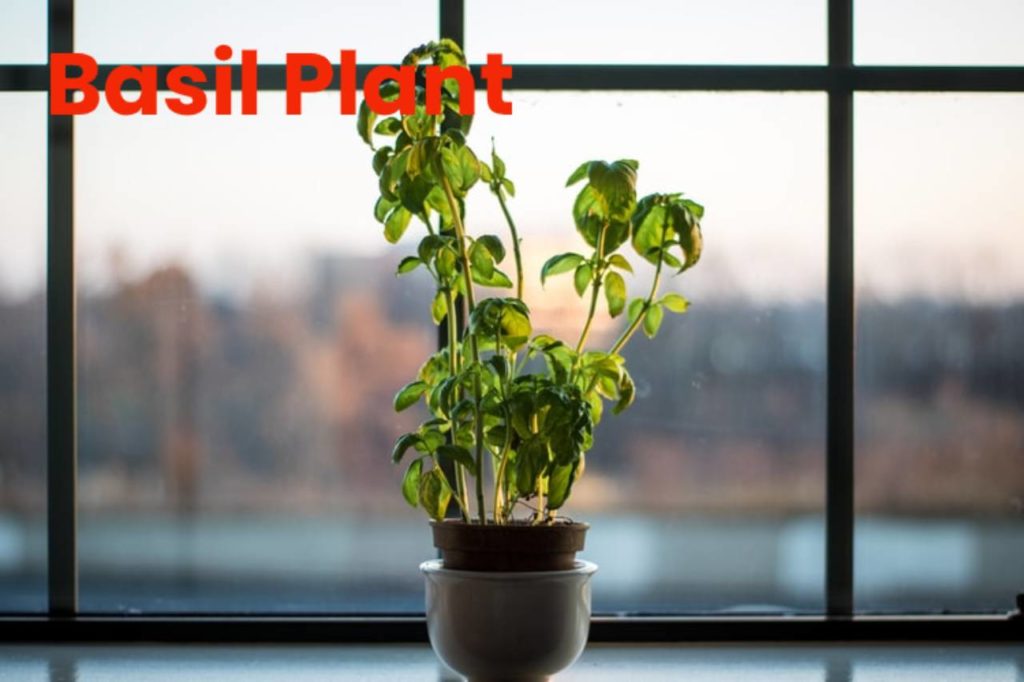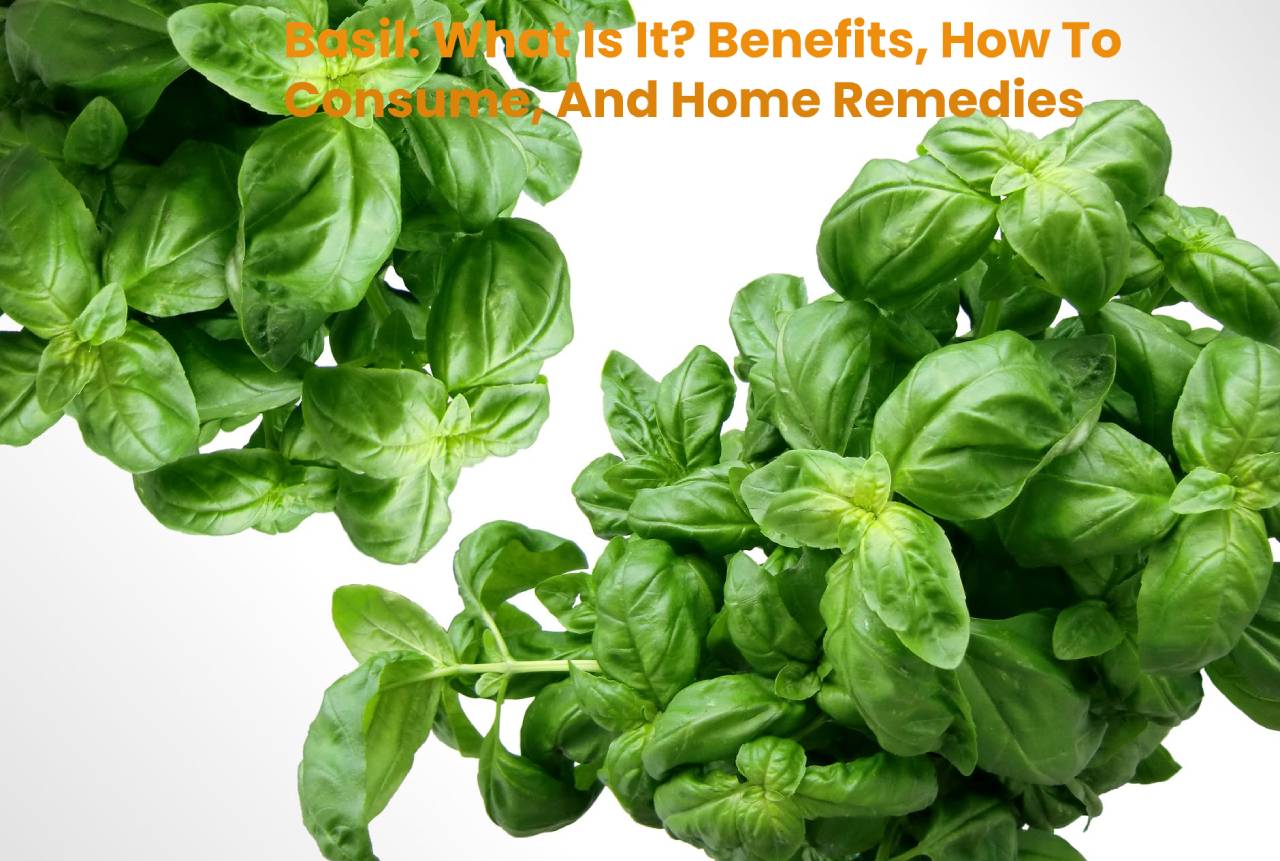Table of Contents
Definition Of Basil
Basil is a medicinal plant also known as Alhábega, Alfábega, Basilico, Hierba real.
It serves to prepare an excellent home remedy for canker sores, cough, and sore throat.
Basil’s scientific name is Ocimum basilicum L., and it can purchase in health food stores and some markets.
It is a shrub that can grow to 60 cm to 1 meter in height with countless complete. Its highly aromatic leaves, which widely uses in Italian cuisine.
The plant has small flowers that can be lilac, white or red.
The Health Benefits Of Basil

- Helps in the treatment of coughs and phlegm;
- In the process of wound healing;
- Stomach problems;
- Lack of appetite;
- Gases;
- Thrush;
- Sore throat;
- Snore;
- Tonsillitis;
- Sickness;
- Warts;
- Constipation;
- Colic;
- Anxiety;
- Insomnia;
- Migraine;
- Insect bites.
The properties of leaves include its antispasmodic, digestive, antibacterial, fungicide, healing, feverish, stimulant, anti-inflammatory, etc.
How To Consume Basil
The used parts of basil are its leaves and stems.
To season potato tortillas, meat soup, fish, chicken, salads, fillings, to prepare sauces, as well as in sweets and liqueurs.
It perfectly combines with dishes that include tomato, olive oil, lemon, red meat, pasta, and cheeses.
-
Pesto Sauce Recipe

Pesto sauce is one of the most widely used and easy to make at home Italian spices.
It can be used in pasta, on pizzas, and with ricotta cheese to make an appetizer, for example.
Ingredients
One bouquet of fresh basil;
50g of almonds, walnuts or pine nuts;
50g of parmesan;
Two tablespoons of olive oil;
1 cup of hot water;
Salt and pepper to taste;
Squeeze 1/2 lemon or one whole, according to your preference;
One clove of minced garlic.
Preparation Mode
All ingredients blend it and reserve in a jar in the refrigerator for four or a maximum of 5 days.
It can freeze in small quantities and used little by little.
-
Basil Tea

For the basil tea, you only need:
Ingredients
Ten basil leaves
1 cup of boiling water
Preparation Mode
Boil the water with the leaves for a few minutes, wait for it to cool, then strain and drink.
Side Effects And Contraindications Of Basil
The side effect of basil includes allergic reactions.
It is contraindicated in high doses during pregnancy, in children under two years of age, and during breastfeeding.
Basil Plant

Basil likes the sun and cannot stand the extreme cold, the ideal temperature being between 15 and 25º C.
To plant its seeds, fertile, deep, and aerated soil require where water does not accumulate.
It can plant in pots or directly in well-fertilized land. However, it can be sown correctly in seedbeds.
This plant should be watered regularly directly on the ground without wetting its leaves. It should run every 15 days so that it has better growth.
Home Remedies With Basil
The leaves of the plant used for medicinal purposes
Headaches

An infusion prepares with a tablespoon of dried leaves per 200 ml of water. The plant pours into the cup, and hot water add.
Cover and let stand 4 minutes. Then strain it and let it cool a bit. Then we go drinking little by little.
Hair
It works to strengthen the hair and prevent it from falling out.
You have to add 100 g of basil leaves to 250 ml of boiling water and cover it to let it rest for 20 minutes.
It is then strained and applied daily to the scalp with a stimulating massage.
Earache
The fresh leaves ground and the juice that extracts place at the entrance of the ear.
Sore Throat

To relieve a sore throat, gargle with the infusion of the plant.
For mouth sores and canker sores, the leaves are ground and applied to the affected area in poultices.
Acne
Helps to eliminate acne by applying the infusion on the face or the affected area
Repel Mosquitoes
If you want to repel mosquitoes and mosquitoes, grow basil in pots and put them on the windows.
You can also put twigs on the walls. In case you get stung, you can use the leaves to help reduce inflammation.
It improves the bites with a poultice of leaves.
Conclusion
Basil is an aromatic plant encompass scores of species of herb and shrub. Its family comes from the mint.
It may taste like anise, with a strong, pungent, often sweet smell.
It in India and Nepal use in ayurvedic and other traditional medicine systems.
The basil name comes from the Greek basileus or king common basil.

